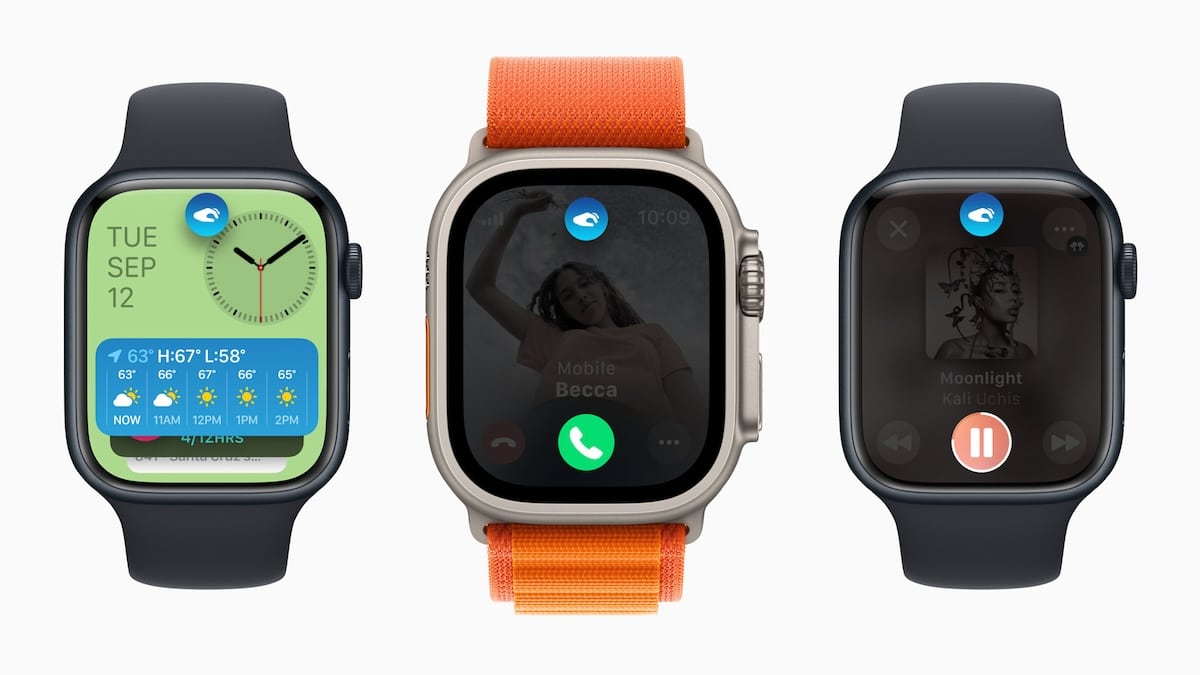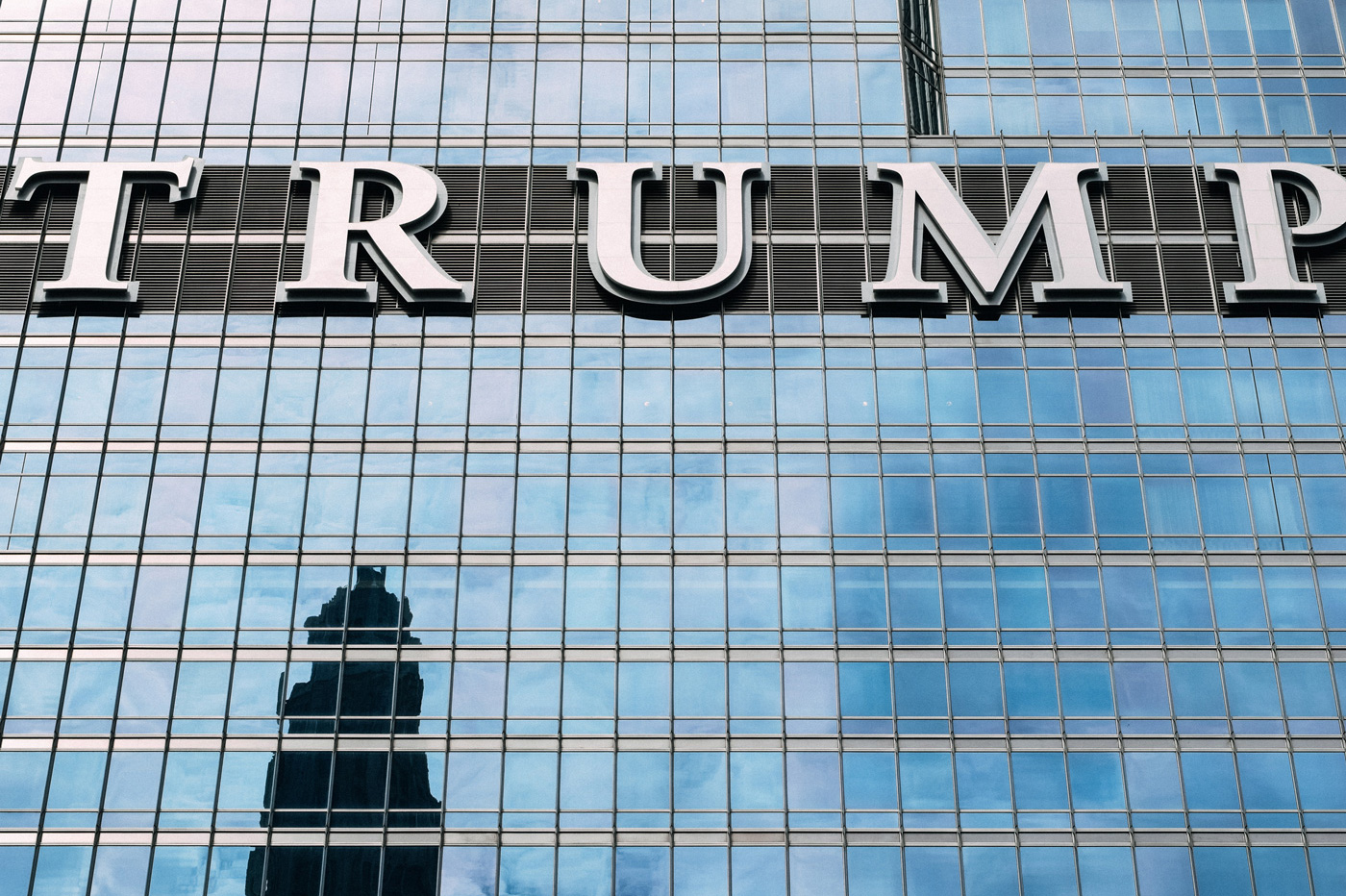
The sleek, iconic Apple Watch, a symbol of technological prowess and personal wellness, finds itself in an unexpected predicament: a partial ban in the United States. This isn’t a story of faulty design or security breaches, but a complex saga of competing patents and the intricate dance between innovation and intellectual property.
Blood Oxygen at the Heart of the Matter
The crux of the issue lies in a seemingly unassuming feature – the blood oxygen (SpO2) sensor. Introduced in the Apple Watch Series 6, this feature allows users to measure their blood oxygen levels, offering them potential insights into their health and well-being. However, this technology sits at the center of a patent dispute with Masimo Corp., a medical technology company specializing in pulse oximetry.
Masimo claims that Apple’s SpO2 sensor infringes on two of its patents, both related to light-based blood oxygen measurement techniques. In January 2023, the US International Trade Commission (ITC) sided with Masimo, ruling that Apple had indeed violated their intellectual property rights. This ruling triggered an import and sales ban on certain Apple Watch models, namely the Series 6, 7, 8, Ultra, and Ultra 2.
A Blow to Progress or a Nudge for Innovation?
The news reverberated through the tech community, sparking heated debates. Some view the ban as a necessary protection for intellectual property, arguing that innovators like Masimo deserve due recognition for their pioneering work. Others see it as a stifling blow to technological progress, potentially hindering Apple’s ability to bring this potentially life-saving feature to millions.
There’s merit to both arguments. Intellectual property rights fuel innovation, incentivizing companies to invest in research and development. Protecting these rights ensures fair competition and prevents unscrupulous copycats from riding on the coattails of genuine innovation. However, overly stringent patent enforcement can also create roadblocks, impeding progress and limiting access to valuable technologies.
The Ripple Effect: Impacts and Uncertainty
The immediate impact of the ban is clear: Apple has pulled the affected models from US shelves and online stores. Existing owners can still use their watches, but repairs are off the table within the US. For those seeking a new Apple Watch, older models and the SE, lacking the SpO2 sensor, remain available.
However, the long-term implications remain hazy. Apple is appealing the ITC’s ruling, hoping to overturn the ban or negotiate a licensing agreement with Masimo. Additionally, rumors suggest software tweaks might circumvent the patent issues, potentially enabling Apple to revive the banned models with modified SpO2 technology.
Beyond the Ban: Lessons and Questions
This saga throws up several noteworthy points. First, it highlights the intricate web of patents and their power to shape the technology landscape. Second, it emphasizes the need for a balanced approach to intellectual property, one that recognizes both creator rights and consumer access. Finally, it sparks questions about the future of the Apple Watch and its SpO2 feature. Will Apple find a way to overcome the current hurdle? Will this episode impact its future innovations in healthcare and wellness?
Conclusion:
The Apple Watch ban is a complex story with no easy answers. It underscores the delicate dance between innovation, intellectual property, and consumer access. As the saga unfolds, one thing is certain: the impact will be felt not just by tech giants and patent holders, but also by consumers who rely on these technologies for their health and well-being.
Whether the ban becomes a permanent roadblock or a temporary hurdle remains to be seen. But one thing is clear: the story of the Apple Watch and its SpO2 sensor is far from over. It’s a story that reminds us of the power of innovation, the complexities of intellectual property, and the ever-evolving landscape of technology in our lives.



